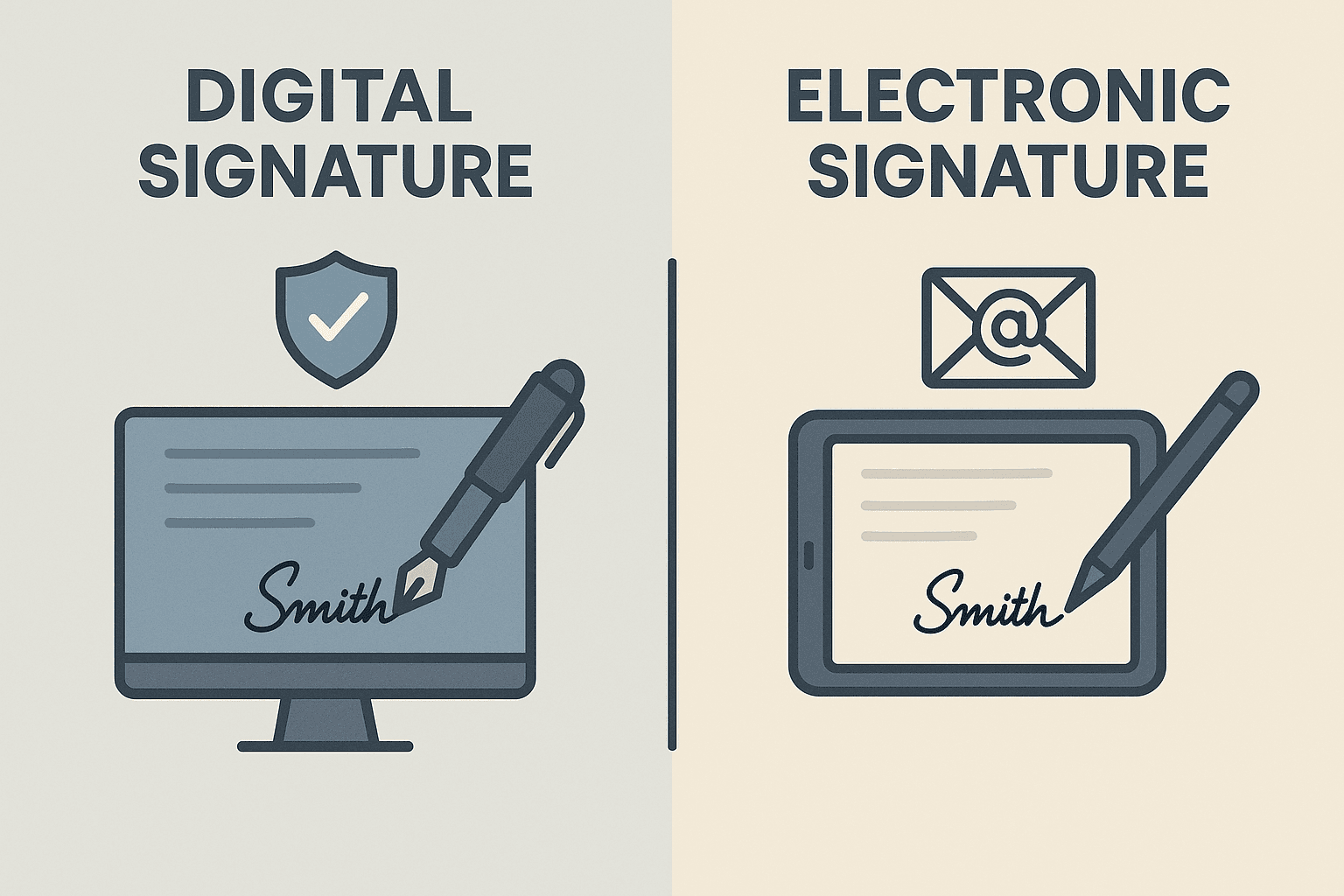WhatsApp or email with our sales team or get in touch with a business development professional in your region.
how digital signature ork private public





How Digital Signatures Work: Private and Public Key Explained under Local Compliance Standards
In today’s tech-driven world, the way we sign documents has evolved from the traditional pen and paper to fast, secure, and legally binding digital signatures. Especially in regions like Hong Kong and Southeast Asia, compliance with local electronic transaction laws is essential. If you’ve encountered terms like “digital signature,” “public key,” or “private key” and wondered how they work together — you’re not alone. This article breaks it all down, with a particular emphasis on local regulatory terminology and how digital signatures function technically and legally.
What Is a Digital Signature?
A digital signature is a cryptographic mechanism used to validate the authenticity and integrity of a message, software, or digital document. Unlike electronic signatures (which can be as simple as typing your name at the end of an email), digital signatures are much more secure due to encryption technology. They are widely accepted by local regulatory bodies under electronic transaction legislations such as Hong Kong’s Electronic Transactions Ordinance (Cap. 553) or Singapore’s Electronic Transactions Act.
The Core of Digital Signatures: Private Key and Public Key
At the heart of digital signature technology lies asymmetric cryptography — a system that uses a pair of keys:
-
Private Key: This is kept secret by the signer. It is used to “sign” a document, creating a unique signature specific to both the document’s content and the signer’s identity.
-
Public Key: This is shared with anyone who needs to verify the signature. It is used to decrypt the information signed with the private key and ensure that the content has not been tampered with.
Here’s how the process works:
-
The signer uses their private key to generate a signature on the document.
-
The recipient of the document gets a copy of the public key.
-
The public key is used to confirm that the signature is valid and the document remains unaltered since it was signed.
This whole interaction not only authenticates the signer but also ensures the document’s integrity.

Step-by-Step: How Digital Signature Works
-
Hashing the Document: First, software creates a “hash” of the document — a fixed-size numeric representation of the content.
-
Encryption with the Private Key: The hash is then encrypted using the signer’s private key to create the digital signature. This process ensures that the specific key owner signed the document.
-
Verification Phase: The recipient decrypts the digital signature using the public key and retrieves the hash. The system then hashes the original document again and compares both hashes.
-
Validation: If both hashes match, it proves the document hasn’t been altered and the signer is legitimate.
Regulatory Compliance in Hong Kong & Southeast Asian Markets
Digital signatures are not just about technology; they must also align with the laws of each jurisdiction. For example:
-
Hong Kong: According to the Electronic Transactions Ordinance (Cap. 553), a digital signature used in accordance with a recognized digital certificate holds the same legal weight as a handwritten signature.
-
Singapore: The Electronic Transactions Act explicitly recognizes digital signatures backed by certification authorities (CAs) as valid and legally enforceable.
-
Malaysia: The Digital Signature Act 1997 outlines strict protocols for the use of digital keys and requires CAs to be licensed by the Malaysian Communications and Multimedia Commission.
By adhering to local frameworks, digital signatures offer not only technical security but also legal enforceability.

Importance of Certificate Authorities (CAs)
Digital signatures rely on trusted third parties called Certificate Authorities, who issue digital certificates linking public keys to entities (like a person or an organization). These digital certificates are often required by local regulations to be issued by region-recognized authorities to ensure compliance.
For example, in Hong Kong, certification authorities must be approved under the Electronic Transactions Ordinance. Using a non-compliant CA might render a signature invalid in legal contexts.
Benefits of Using Public/Private Key Digital Signatures
-
Security: Encrypts data in a way that cannot be forged easily.
-
Integrity: Any modification of the signed document will render the signature invalid.
-
Non-repudiation: Due to the use of a private key, the signer cannot deny the signature later.
-
Legally Binding: Compliant use with recognized digital certificates ensures enforceability in court.

Common Use Cases in Hong Kong and Southeast Asia
-
Government and e-Governance: Filing tax returns, applying for licenses, and compliances.
-
Real Estate & Legal Documents: Contracts, deeds, and disclosures.
-
Banking & Finance: Loan forms, disclosures, investment agreements.
-
Corporate Affairs: HR onboarding, vendor agreements, and procurement documents.
These use cases all emphasize the importance of using a secure, locally compliant digital signature provider.
Choosing the Right Solution: Why Local Compliance Matters
While there are global options available for digital signage, local businesses in Hong Kong and broader Southeast Asia must verify that their chosen solutions comply with regional legal frameworks. A digital signature provider that understands local language, regulation, and practices ensures trouble-free implementation and legal certainty.
Looking for a Regional Alternative? Try eSignGlobal
For professionals and organizations across Hong Kong and Southeast Asia looking for a reliable, regionally compliant DocuSign alternative, eSignGlobal is an excellent choice. It offers robust encryption, user-friendly interfaces, and — most importantly — meets the legal digital signature requirements of local jurisdictions such as Hong Kong, Singapore, Malaysia, and more.
Whether you’re a multinational enterprise or a growing SME, eSignGlobal ensures your digital signature strategy aligns with area-specific regulations — minimizing legal risk while maximizing operational efficiency.

In conclusion, understanding how digital signatures work through private and public keys not only strengthens your organization’s security posture but also boosts trust with stakeholders. By selecting a compliant and reliable provider such as eSignGlobal, you’re not just adopting a technology — you’re embracing a future-ready, law-friendly workflow.

Shunfang
Head of Product Management at eSignGlobal, a seasoned leader with extensive international experience in the e-signature industry.
Follow me on LinkedIn
Get legally-binding eSignatures now!
30 days free fully feature trial
Business Email
Get Started
 Only business email allowed
Only business email allowed
Latest Articles
What documents still require a physical Hanko in Japan?
Does using electronic signatures save revenue stamp tax (Shunyuzei) in Japan?
Is it legal to use cloud-based signatures instead of Hanko in Japan?
How to collect legally binding signatures from employees in China?
What are the requirements for an electronic invoice (e-Fapiao) signature?
How to automate sales contracts for a manufacturing business in China?
Can I use WeChat to legally sign a loan agreement?
How to verify if a Chinese electronic contract has been tampered with?


